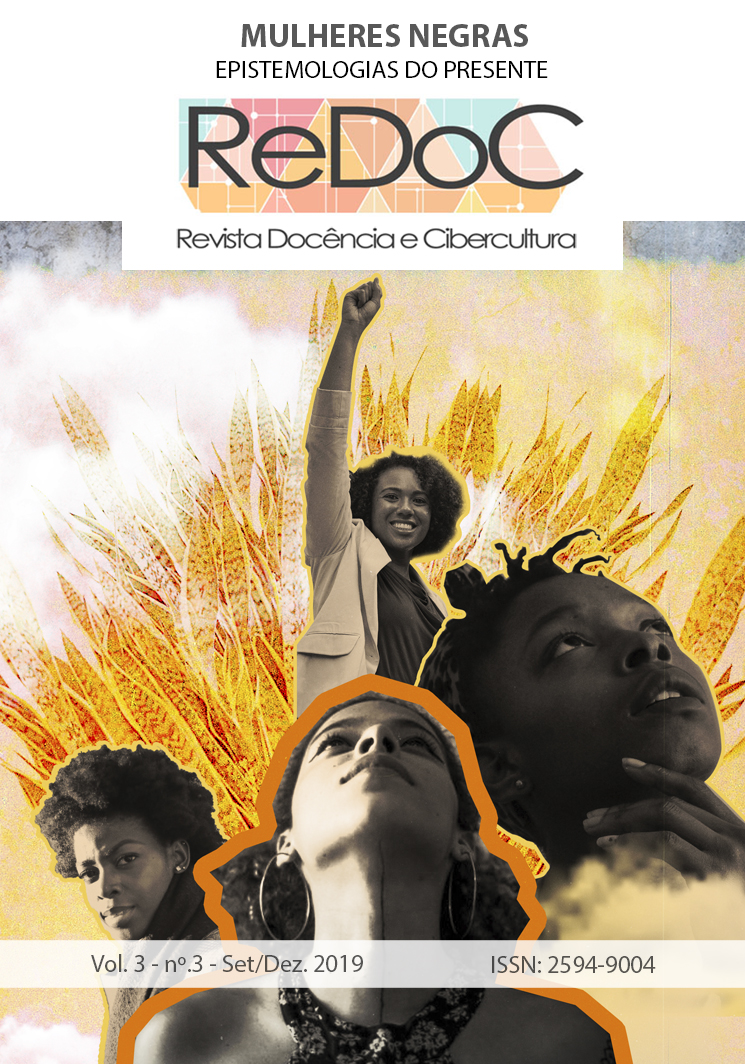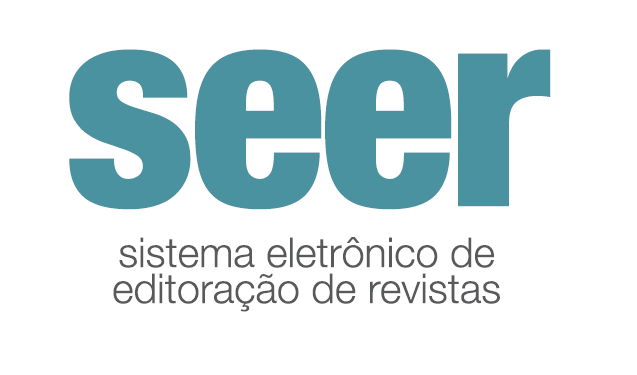THE POTENCIAL OF USING SMARTPHONE IN TEACHING AND LEARNING OF ENGLISH LANGUAGE IN SECUNDARY SCHOOLS
DOI:
https://doi.org/10.12957/redoc.2019.36929Palavras-chave:
Smartphone, English, secondary schoolResumo
This article systematically reviews the literature on the Potential of using Smartphone in teaching and learning of English Language in secondary schools. It focuses on the benefits, perceptions, challenges, and solutions towards incorporating smartphones in secondary school education. Through online research, 9 empirical and theoretical articles, case studies, and surveys defending the use of a smartphone in teaching and learning of English language in secondary schools were analyzed. The results from the study show that smartphones do have potential at improving teaching and learning of English amongst the teachers and learners in secondary schools. However, it is revealed also that there is need to establish effective pedagogical ways of using the smartphones in order to reduce indiscipline, distraction, and cases of cyberbullying.
Referências
Bllaca, N. (2016). Smartphone use in English Language Learning. In Smartphone use in English Language Learning (pp. 305-315). International Conference on Linguistics, Literature and Culture. Retrieved May 8, 2018, from https://dspace.aab-edu.net/bitstream/handle/123456789/306/30-Nuhi-Bllaca-Smartphone-use-in-English-Language-Learning.pdf?sequence=1&isAllowed=y.
Chhikara, M. (2015). Use of Tablets and Smart Phones Towards Learning English as A Foreign Language. Indian Journal of Research, 4(7), 16-17. Retrieved July 08, 2018, from https://www.worldwidejournals.com/paripex/recent_issues_pdf/2015/July/July_2015_1435994033__07.pdf.
Cochrane, T., & Bateman, R. (2010). Smartphones give you wings: Pedagogical affordances of mobile Web 2.0. Australasian Journal of Educational Technology, 26 (1). doi:10.14742/ajet.1098
Fakokunde, J. B. (2017). Secondary school students’ awareness and use of mobile phones for academic purpose. Educational Journal of the University of Patras UNESCO Chair, 4(1), 83 - 93. Retrieved from http://ejupunescochair.lis.upatras.gr/index.php/ejupUNESCOchair/index
Joyce-Gibbons, A., Galloway, D., Mollel, A., Mgoma, S., Pima, M., & Deogratias, E. (2017). Mobile phone use in two secondary schools in Tanzania. Education and Information Technologies, 23(1), 73-92. doi:10.1007/s10639-017-9586-1
Lekawael, R. F. J. (2017). The impact of smartphone and internet usage on English language learning. English Review: Journal of English Education, 5(2), 255-262
Norton, J. (2014, May 19). How students can use mobiles to learn English. Retrieved May 08, 2018, from https://www.britishcouncil.org/voices-magazine/teaching-tips-how-students-can-use-mobiles-to-learn-english
Nalliveettil, G. M., & Alenazi, T. H. (2016). The Impact of Mobile Phones on English Language Learning: Perceptions of EFL Undergraduates. Journal of Language Teaching and Research, 7(2), 264. doi:10.17507/jltr.0702.04
Raiskinmäki, J. (2017). The Use Of Technological Devices In English Teaching As Experienced By Teachers (Bachelor’s thesis, University of Jyväskylä, 2017) (pp. 1-29). University of Jyväskylä.
Downloads
Publicado
Como Citar
Edição
Seção
Licença
Autores que publicam nesta revista concordam com os seguintes termos:- Autores mantém os direitos autorais e concedem à revista o direito de primeira publicação, com o trabalho simultaneamente licenciado sob a Creative Commons Attribution License que permitindo o compartilhamento do trabalho com reconhecimento da autoria do trabalho e publicação inicial nesta revista.
- Autores têm autorização para assumir contratos adicionais separadamente, para distribuição não-exclusiva da versão do trabalho publicada nesta revista (ex.: publicar em repositório institucional ou como capítulo de livro), com reconhecimento de autoria e publicação inicial nesta revista.
- Autores têm permissão e são estimulados a publicar e distribuir seu trabalho online (ex.: em repositórios institucionais ou na sua página pessoal) a qualquer ponto antes ou durante o processo editorial, já que isso pode gerar alterações produtivas, bem como aumentar o impacto e a citação do trabalho publicado (Veja O Efeito do Acesso Livre).



















